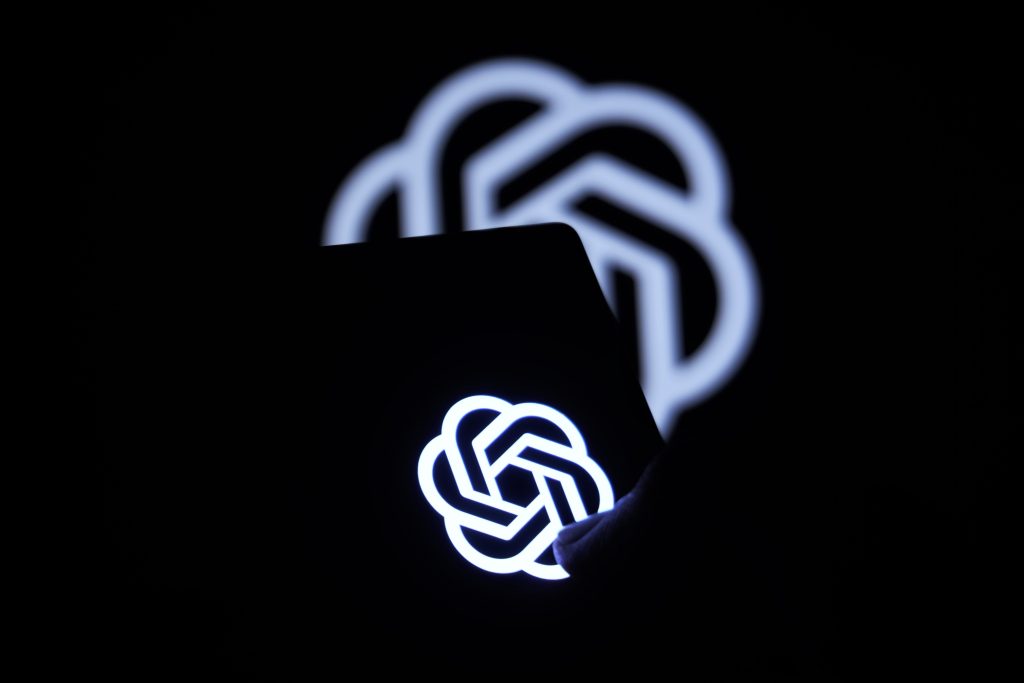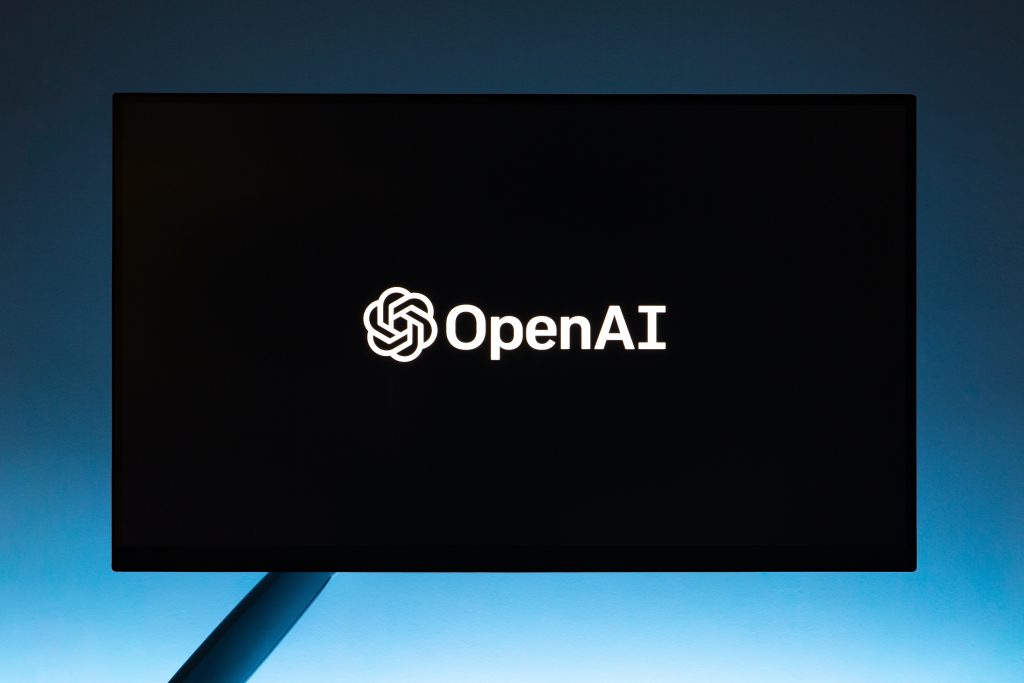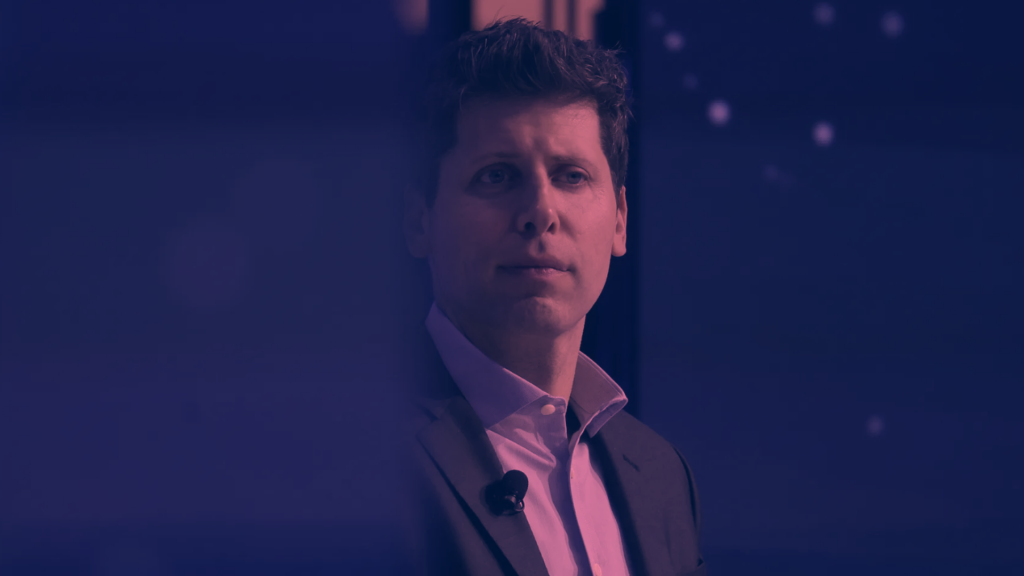In a dramatic series of events that captured the attention of Silicon Valley and stakeholders worldwide, OpenAI—the company behind the groundbreaking ChatGPT—found itself at the heart of a tumultuous power struggle. This narrative unfolded over five days, exposing the fragility of leadership within a sphere as pivotal as artificial intelligence development.
The crisis erupted abruptly. On a Friday, the non-profit board of OpenAI decided to terminate its CEO, Sam Altman, setting off a cascade of unforeseen events. According to the board, Altman had been “not consistently candid in his communications,” a striking accusation that underlined the seriousness of the internal conflict. This decision by the board, which includes high-profile members like former Treasury Secretary Larry Summers and Quora CEO Adam D’Angelo, seemed to call into question the very mission of OpenAI: to safely advance AI that surpasses human intelligence.
To understand the significance of these developments, it’s essential to recognize OpenAI’s unique structure. When Altman restructured the organization in 2019 as a “capped-profit” entity under a non-profit board’s oversight, it was to ensure that the company could prioritize safety over profit-making interests. This visionary approach was meant to counterbalance the potential dangers of AI without falling prey to the pitfalls of corporate control. This is reminiscent of Altman’s commitment, emphasizing the imperative to develop AI responsibly in an interview he gave during the restructuring.
The week’s events indicated the fragility of this equilibrium, with the board making the controversial decision sans consulting OpenAI’s biggest investor, Microsoft, in which it had invested over $11 billion. Microsoft’s role would prove crucial as CEO Satya Nadella labeled the restructuring of the board a significant stride towards more stable governance.

The internal struggles didn’t end with Altman. Greg Brockman, the company’s president, was also excised from the board, creating an immediate backlash from employees. A prominent figure sidelined alongside Altman was Ilya Sutskever, OpenAI’s chief scientist. He later expressed regret over his role in the unfolding events, showcasing emotional stakes that ran high throughout the company.
The board’s decisions had significant consequences. Microsoft’s Nadella sprang into action, leading efforts to have Altman reappointed with the backing of other heavyweight investors like Thrive Capital and Tiger Global Management. By late Tuesday, after intensive negotiations, sustained employee protests, and the looming threat of a mass exit, Altman was reinstated as CEO, albeit some concessions were made. He agreed to an internal investigation into his previous conduct with the board as reported by The Information.
What’s fascinating is the vehement employee reaction—a testament to the strong internal culture at OpenAI. The employee base rallied en masse, declaring: “OpenAI is nothing without its people,” a sentiment that vividly displayed the unity and importance of the human element within the AI landscape. This wave of collective support culminated in over 700 employees signing an open letter demanding the board’s resignation.
The implications of this internal feud at OpenAI were far-reaching. At a time when Altman was negotiating a deal to sell employee shares in OpenAI at an estimated $80 billion valuation, the future of this transaction—and the potential wealth for many of the company’s staff—hung in the balance. In the backdrop of these financial discussions was the call from over 700 of OpenAI’s approximately 800 employees who threatened to leave the company, showing a distinctly human side to the otherwise tech-driven domain.

OpenAI’s power wrangles and high-stakes negotiations provide a startling case study into the governance challenges that can emerge within the tech sector, particularly within the AI industry. This is more than a story of corporate intrigue—it’s a narrative that touches on the ethical and societal implications of AI and underscores the inherent complexities in leading a company dedicated to developing technologies that could define the future of humanity itself.
As the dust settles on this particular episode, OpenAI stands at a crossroads, challenged to uphold its founding principles amidst the inherent tensions of innovation, profit, and responsibility. The manner in which the AI titan navigates these turbulent waters will undoubtedly serve as a bellwether for an industry at the forefront of shaping our collective future.




